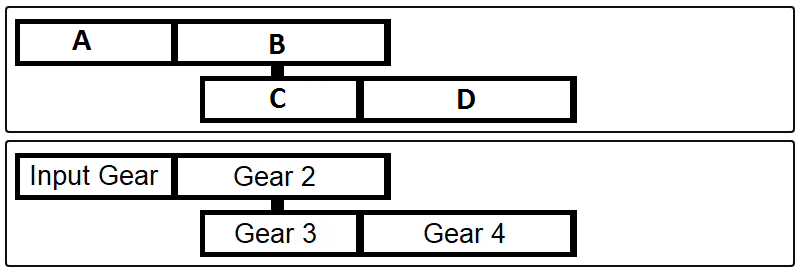- Joined
- Jan 30, 2024
- Messages
- 7
Help I am trying to cut 28 tpi how do I setup gears? What is a b c d ?

Thank you that made senseIn the case of 28 tpi the A gear is 72 teeth and the D gear is 42 teeth. The 127 tooth gear is used to transfer power from A to D.
For metric threadcutting the 127/120 compound gear is used, but for imperial only one of those two is used as an "idler"
